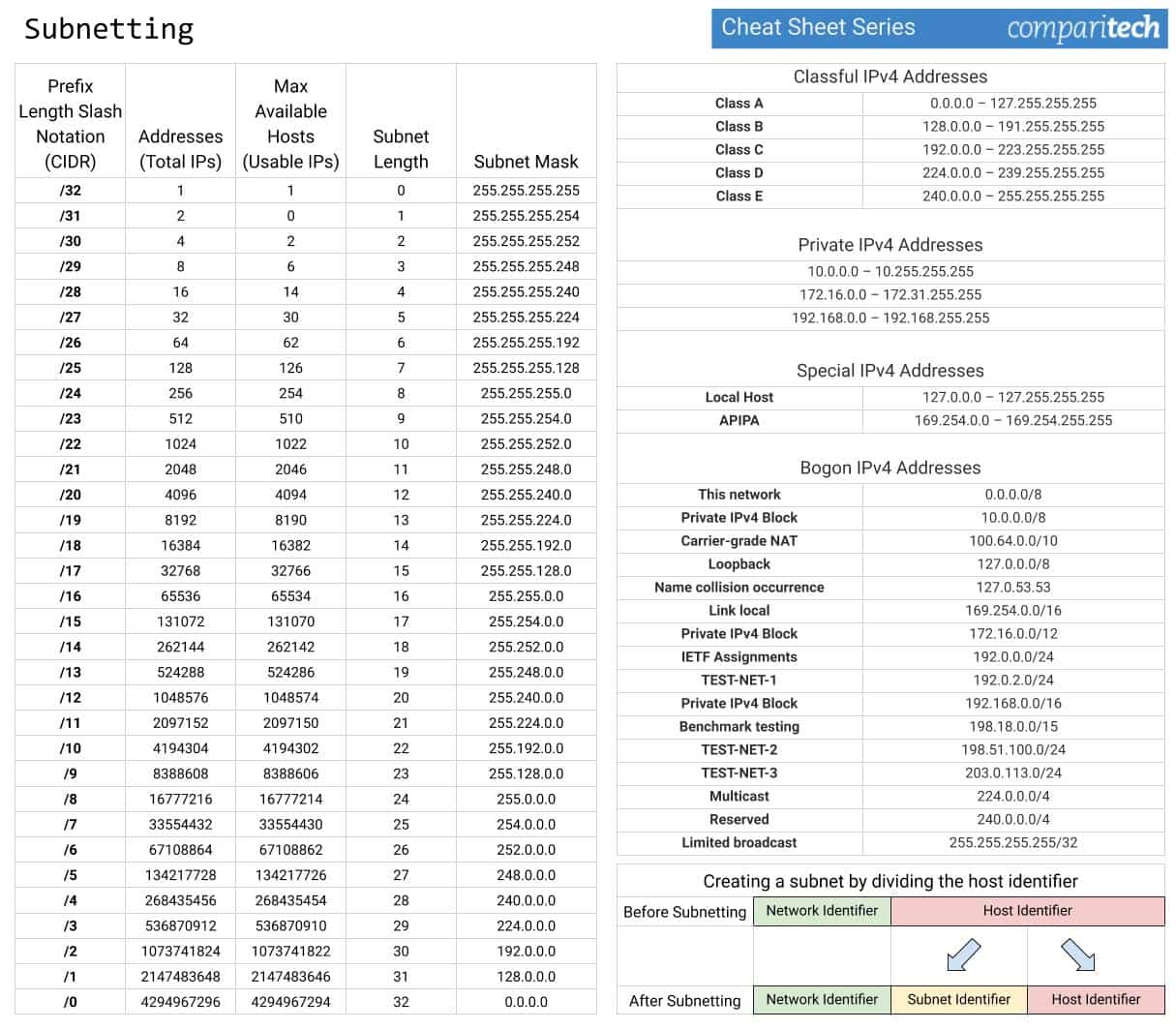
Although the various techniques were invented, such as variable- length mask, network address translation, port address translation, classes, inter-domain translation, to conserve the bandwidth of IP address and slow down the depletion of an IP address. As we know that IPv4 produces 4 billion addresses, which are not enough for each device connected to the internet on a planet. Every user is having more than one device connected with the internet, and private companies also rely on the internet. Drawback of IPv4Ĭurrently, the population of the world is 7.6 billion. Therefore, the binary bit version of 13 is 00001101. To obtain 13, we put 1 under 8, 4, and 1 as the sum of these numbers is equal to 13, and the remaining bits will be zero. Therefore, the binary bit version of 29 is 00011101. To obtain 29, we put 1 under 16, 8, 4, and 1 as the sum of these numbers is equal to 29, and the remaining bits will be zero. Therefore, the binary bit version of 94 is 01011110.

To obtain 94, we put 1 under 64, 16, 8, 4, and 2 as the sum of these numbers is equal to 94, and the remaining bits will be zero. Step 2: Now, we calculate the binary number of 94. Therefore, the binary bit version of 66 is 01000010. To obtain 66, we put 1 under 64 and 2 as the sum of 64 and 2 is equal to 66 (64+2=66), and the remaining bits will be zero, as shown above. Step 1: First, we find the binary number of 66.
#Classful subnetting chart how to
Now, we will see how to obtain the binary representation of the above IP address, i.e., 66.94.29.13 The above representation shows the structure of 8- bit octet. If the bit the 1, then the number it represents will count, and if the bit is 0, then the number it represents does not count. The bits in each octet represent a number.Įach bit in an octet can be either 1 or 0. The IPv4 consists of four sets, and these sets represent the octet. In today's computer network world, computers do not understand the IP addresses in the standard numeric format as the computers understand the numbers in binary form only. This address can produce 4,294,967,296 possible unique addresses.

Each number in an octet is in the range from 0-255. The above example represents the IP address in which each group of numbers separated by periods is called an Octet. It is a 32-bit address written in four numbers separated by 'dot', i.e., periods.

It is a current version and the most commonly used IP address. To facilitate the routing of packets, TCP/IP protocol uses a 32-bit logical address known as IPv4(Internet Protocol version 4).Īn IP address consists of two parts, i.e., the first one is a network address, and the other one is a host address. An IP address is assigned to each device so that the device on a network can be identified uniquely. We can also define an IP address as a numeric address assigned to each device on a network.

It creates a virtual connection between the source and the destination. Mainly, both the networks, i.e., IP and TCP, are combined together, so together, they are referred to as a TCP/IP. It defines the technical format of the packets. It also behaves as an identifier as this address is used to identify the device on a network. Each device uses an IP address for communication. An IP address is assigned to each device connected to a network.


 0 kommentar(er)
0 kommentar(er)
